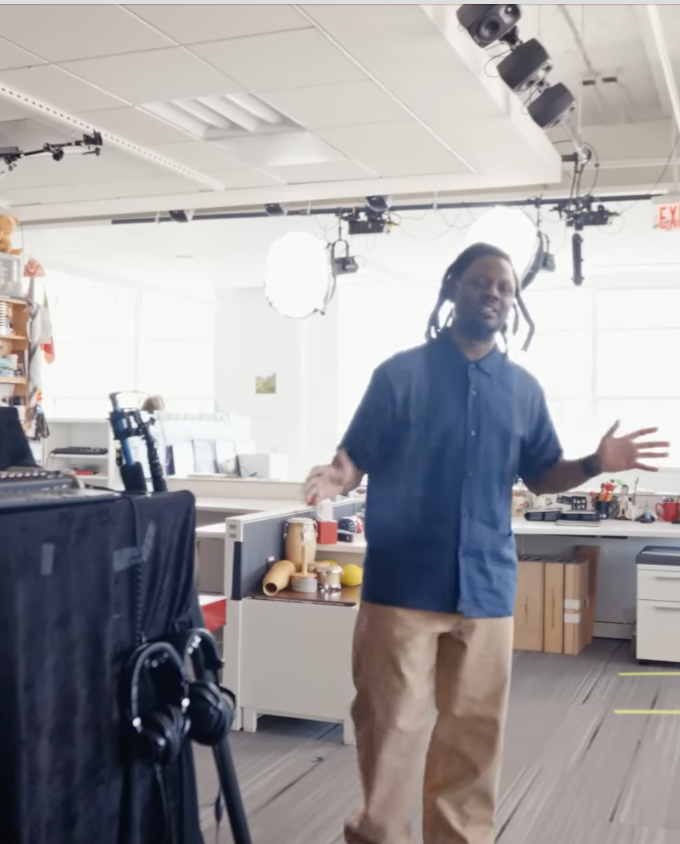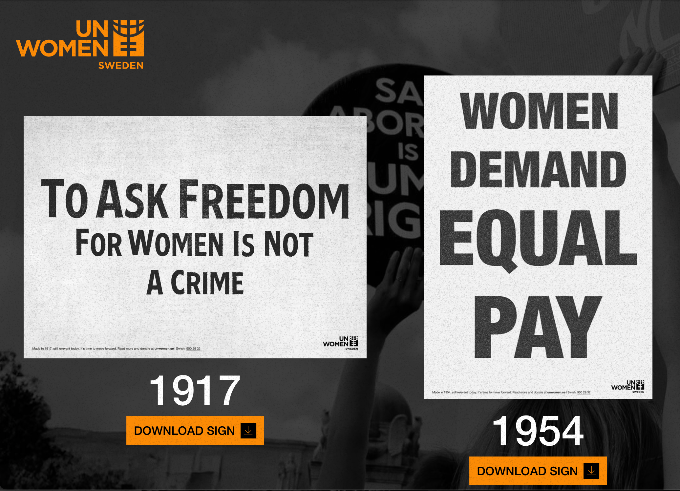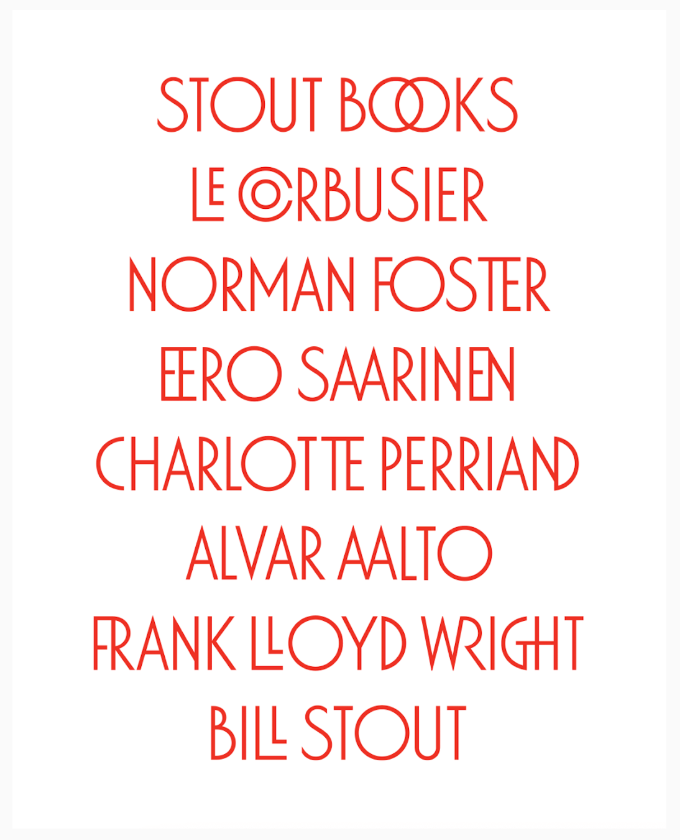January 3, 2025
Communication
Misinformation that triggers fear is one of the most powerful rhetorical devices and has been used in propaganda for centuries.

Kristina Lerman is a senior principal scientist at University of Southern California’s Information Sciences Institute. She suggests that the ability of misinformation to divide might be diluted by acknowledging that its power lies not in its factual inaccuracy, but in its emotional resonance. Photo by Jeffrey Fiterman
As we've been saying, those of us telling the stories of truth, understanding and justice need to up our game. So I'm listening when Kristina Lerman, who studies misinformation, says that we make a big mistake when we try to fight facts with facts. She argues that the power of misinformation lies not in its factual content, but in the emotional response it elicits. Content that provokes outrage, anger, or a sense of injustice can spread rapidly and influence beliefs, regardless of its veracity. Fear, in particular, is one of the most powerful emotional triggers used to misinform.
Instead of focusing solely on fact-checking, Lerman proposes ""vibe-checking"" as a strategy to address misinformation. This approach involves:
- Explaining who benefits from the spread of the information
- Identifying who is potentially harmed by it
- Analyzing what emotional needs it fulfills for its audience
Persuasion




